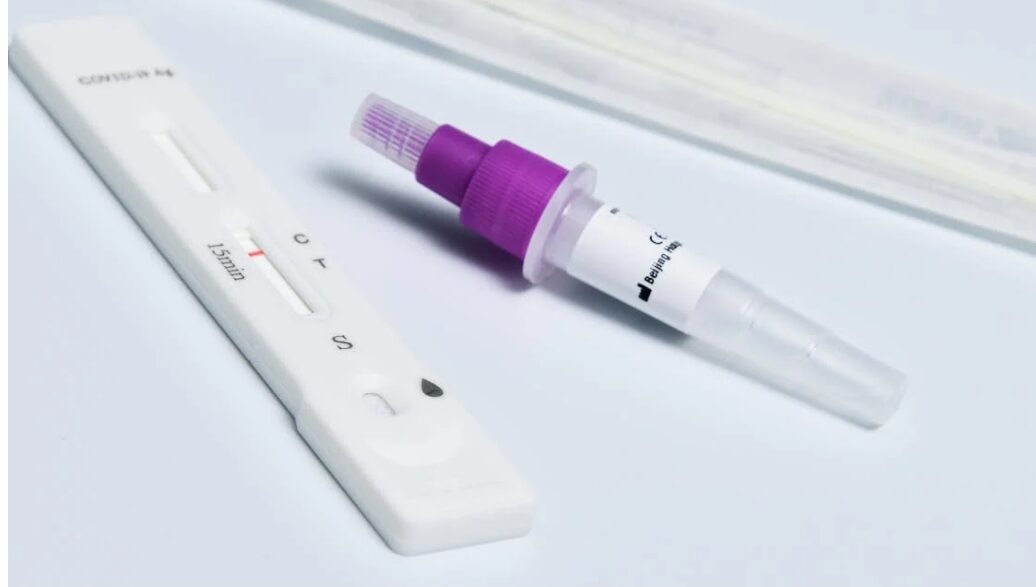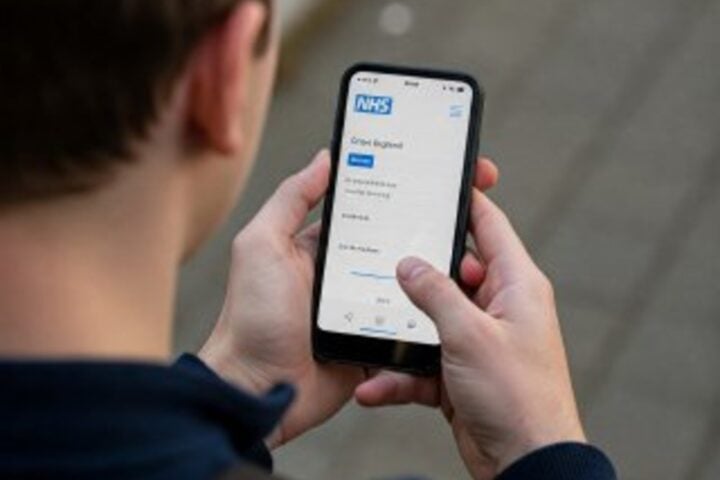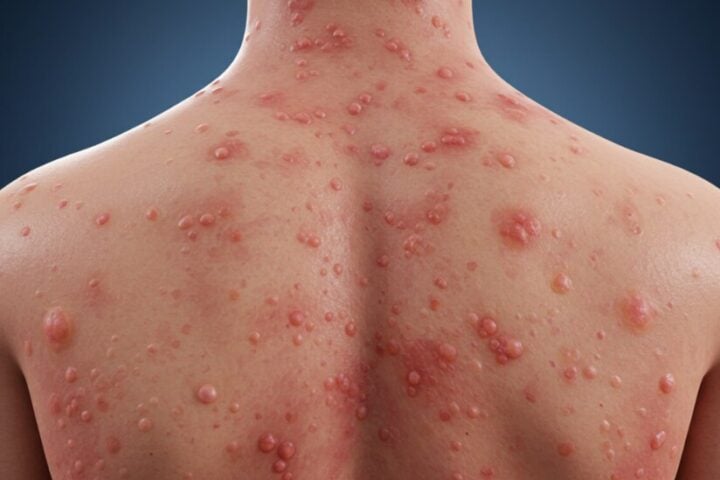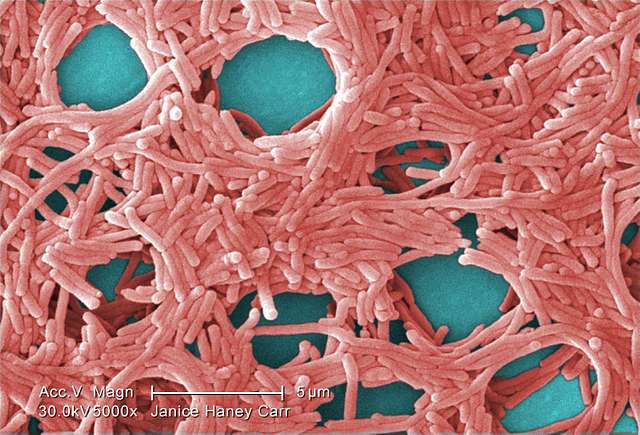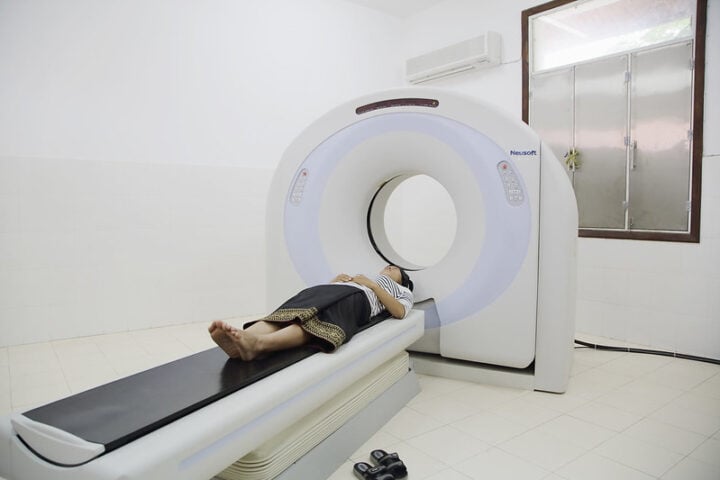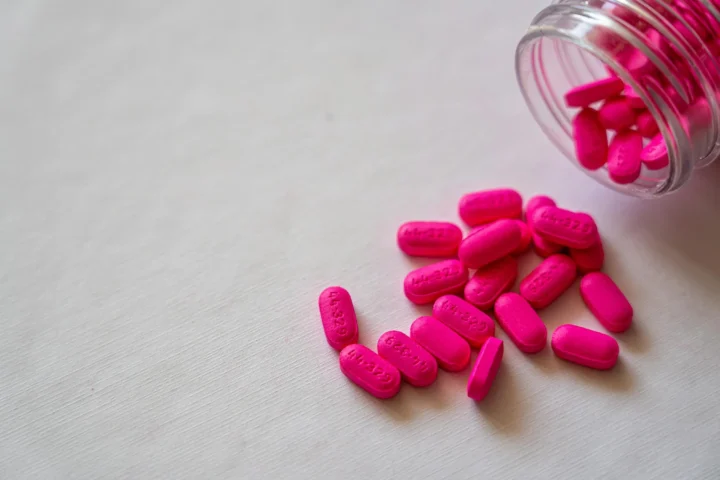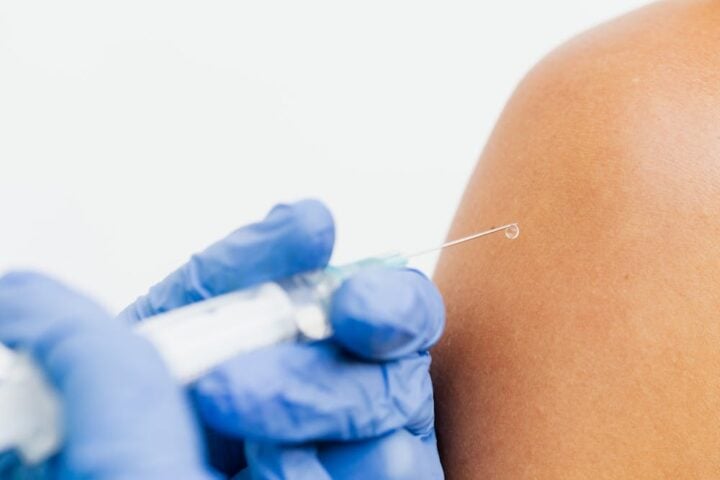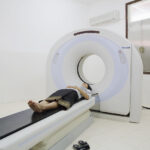Free COVID-19 Tests Return: What You Need to Know
As we gear up for another fall and winter season, the U.S. government is bringing back a familiar tool in the fight against COVID-19: free at-home test kits. Starting September 26, 2024, American households can once again order four free COVID-19 tests through COVIDTests.gov. Now in its third year, this initiative aims to help people stay informed about their health status and make smart decisions to protect themselves and their loved ones.
Here’s what you need to know about this latest round of free COVID-19 testing:
How to Order Your Free Tests
Ordering your free tests is a breeze. Just head over to COVIDTests.gov and follow the simple instructions. Each household is eligible for four free tests, which the U.S. Postal Service will ship directly to your doorstep. Shipping will begin the week of September 30, so you can expect your tests to arrive in early October.
If you need a hand placing your order, don’t sweat it. You can call 1-800-232-0233 (TTY 1-888-720-7489) for assistance.
Why Now?
You might be wondering why the government is rolling out free tests now. Dawn O’Connell, the assistant secretary for preparedness and response at the Department of Health and Human Services, explains: “Reopening this popular program is the latest step by the Biden-Harris Administration to ensure that over-the-counter COVID-19 tests are available to all who want them this fall and winter,” By making tests readily available, the government hopes to help people catch potential infections early and take appropriate precautions.
O’Connell adds, “Before you visit with your family and friends this holiday season, take a quick test and help keep them safe from COVID-19.”
Similar Posts
Test Accuracy and Effectiveness
One question on many people’s minds is whether these tests can detect the latest COVID-19 variants. The short answer is yes. According to federal officials, the tests being distributed are designed to identify currently circulating variants, including KP.3.1.1, which is currently the dominant strain in the U.S., accounting for 52.7% of cases.
Nathaniel Hafer, an associate professor of molecular medicine at UMass Chan Medical School, explains that these tests target a protein in the virus that remains consistent across variants. The Food and Drug Administration (FDA) estimates that at-home tests will detect the virus at least 80% of the time when someone is infected.
When to Test
Knowing when to test can be tricky, especially if you’ve been exposed to someone with COVID-19 but don’t have symptoms. Here’s a quick guide:
- If you were exposed but feel fine: Wait a few days before testing. The FDA recommends taking at least three tests, 48 hours apart, if you remain symptom-free.
- If you develop symptoms: Test right away. If the result is negative, test again two days later.
- Before meeting high-risk individuals: Test as close to the meeting time as possible.
Accessibility for All
The government has made sure these tests are accessible to everyone, including those with disabilities. If you’re blind, have low vision, or have limited manual dexterity, you can order accessible tests through ACL.gov/AccessibleTests
Expiration Dates and Storage
If you’ve still got tests from previous distributions, you might be wondering if they’re still good to use. The FDA has extended expiration dates for many at-home tests, so don’t toss them out just yet. Check the lot number on your test kit against the FDA’s list of extended expiration dates.
As for storage, it’s best to keep your tests at room temperature. But if they’ve been exposed to extreme temperatures, they might still be usable. Just be sure to bring them back to room temperature before using.
Beyond Free Government Tests
While the government program is a great resource, it’s not the only way to get free or low-cost COVID-19 tests. Here are some other options to consider:
- Check with your local health department
- Ask at your workplace
- Visit your doctor’s office
- Look into community health centers
- Check your local library
Some insurance plans may also cover the cost of at-home tests, so it’s worth checking with your provider.
The Bigger Picture
While COVID-19 might not be making headlines like it used to, it’s still a concern for public health officials. CDC Director Dr. Mandy Cohen notes that while current COVID-19 activity isn’t leading to significant increases in hospitalizations or deaths, it’s still important to stay vigilant.
Mandy Cohen, M.D., M.P.H., emphasised, “Our top recommendation for protecting yourself and your loved ones from respiratory illness is to get vaccinated. Make a plan now for you and your family to get both updated flu and COVID vaccines this fall, ahead of the respiratory virus season.”
Stay Safe, Stay Informed
As we head into another fall and winter season, these free COVID-19 tests are just one tool in our health toolkit. Remember to stay up-to-date on your vaccinations, practice good hygiene, and listen to guidance from health professionals.
By staying informed and taking proactive steps, we can all do our part to keep ourselves and our communities healthy. So go ahead, order your free tests, and let’s tackle this season with confidence and care.
